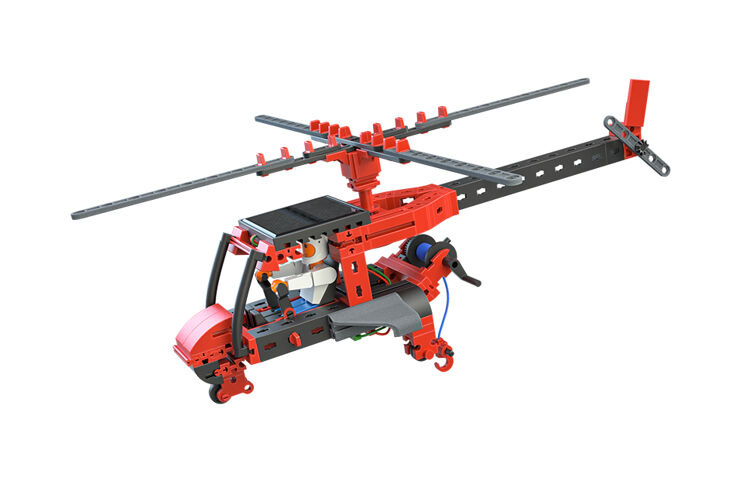- Home
- Toys
- E-Learning
- Solar Power
Understand the basics of solar technology using Solar Power.
Read this pedagogical information and try out the different models for a step-by-step introduction to the topic of solar energy.
We hope you enjoy it!

If one of your models isn’t working correctly, please check the following table. It provides a list of possible faults and their causes. In addition, the table gives you some tips for how to correct the faults.
|
Possible cause |
Corrective action |
|
Mechanical faults |
|
|
Electrical faults |
|
|
Energy supplier for solar module |
|
|
Standard for light energy: |
•The motor turns (with no load) using a 100 W incandescent bulb as the light source, at a distance of approx. 40 cm. |